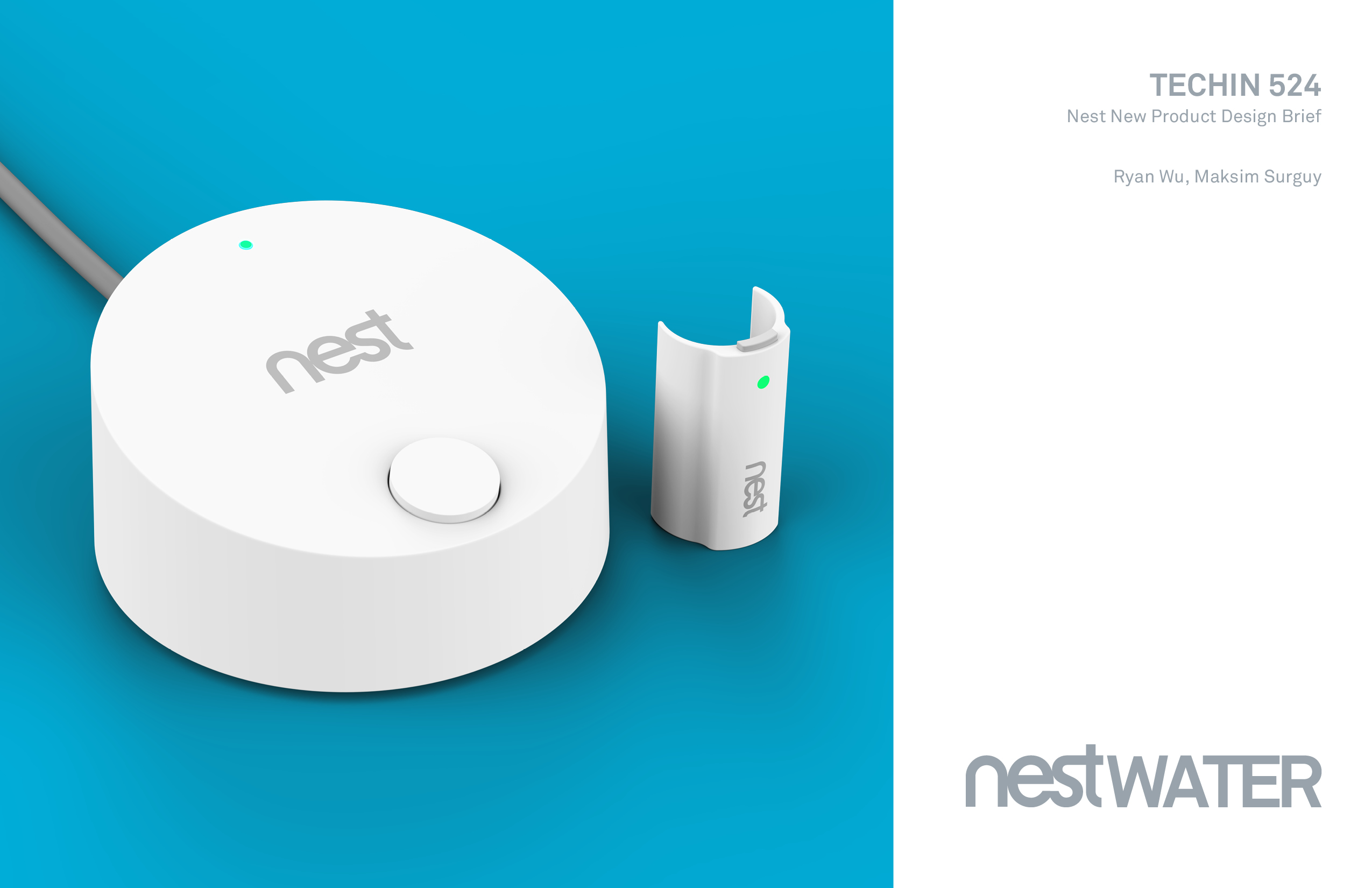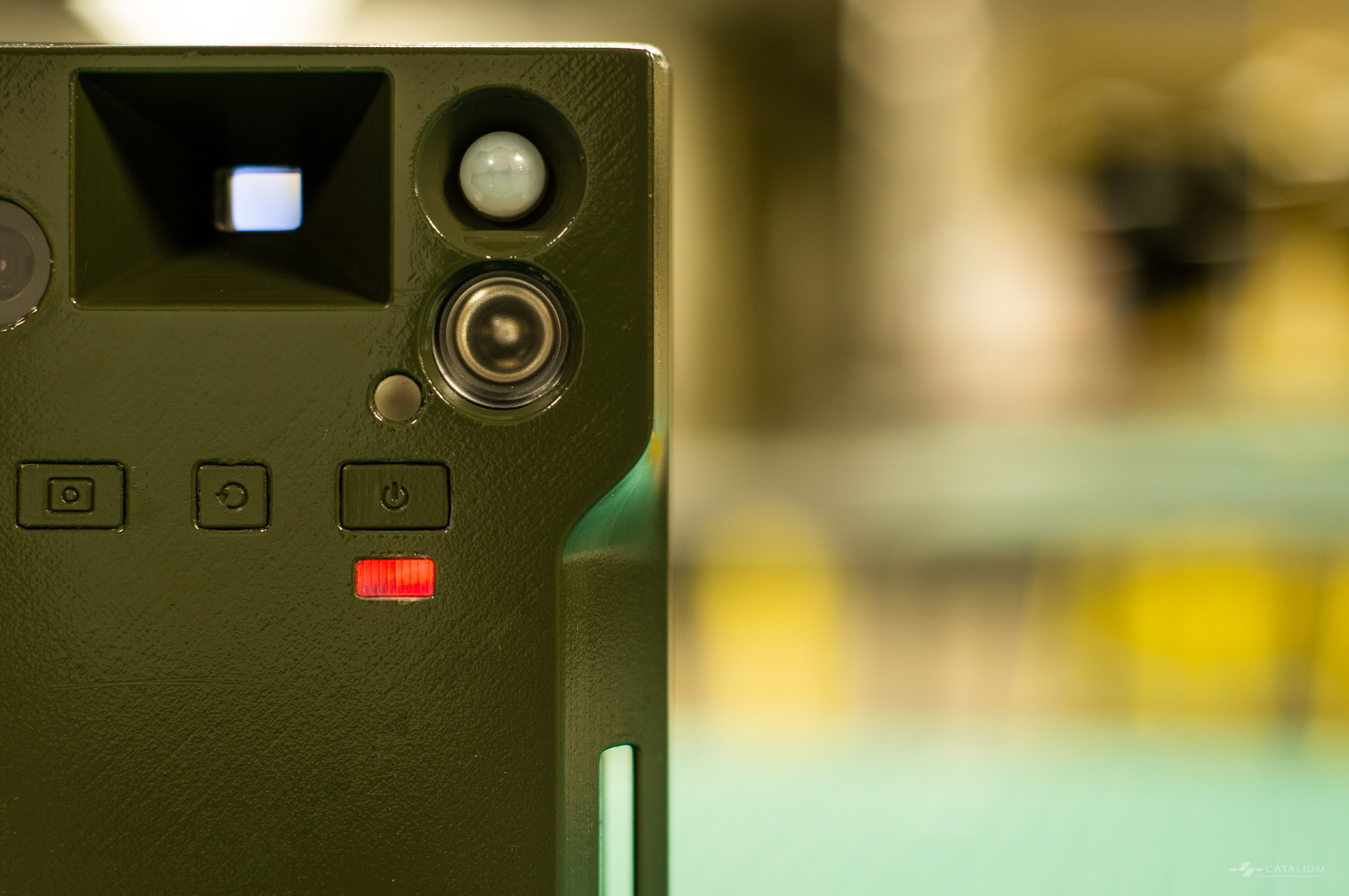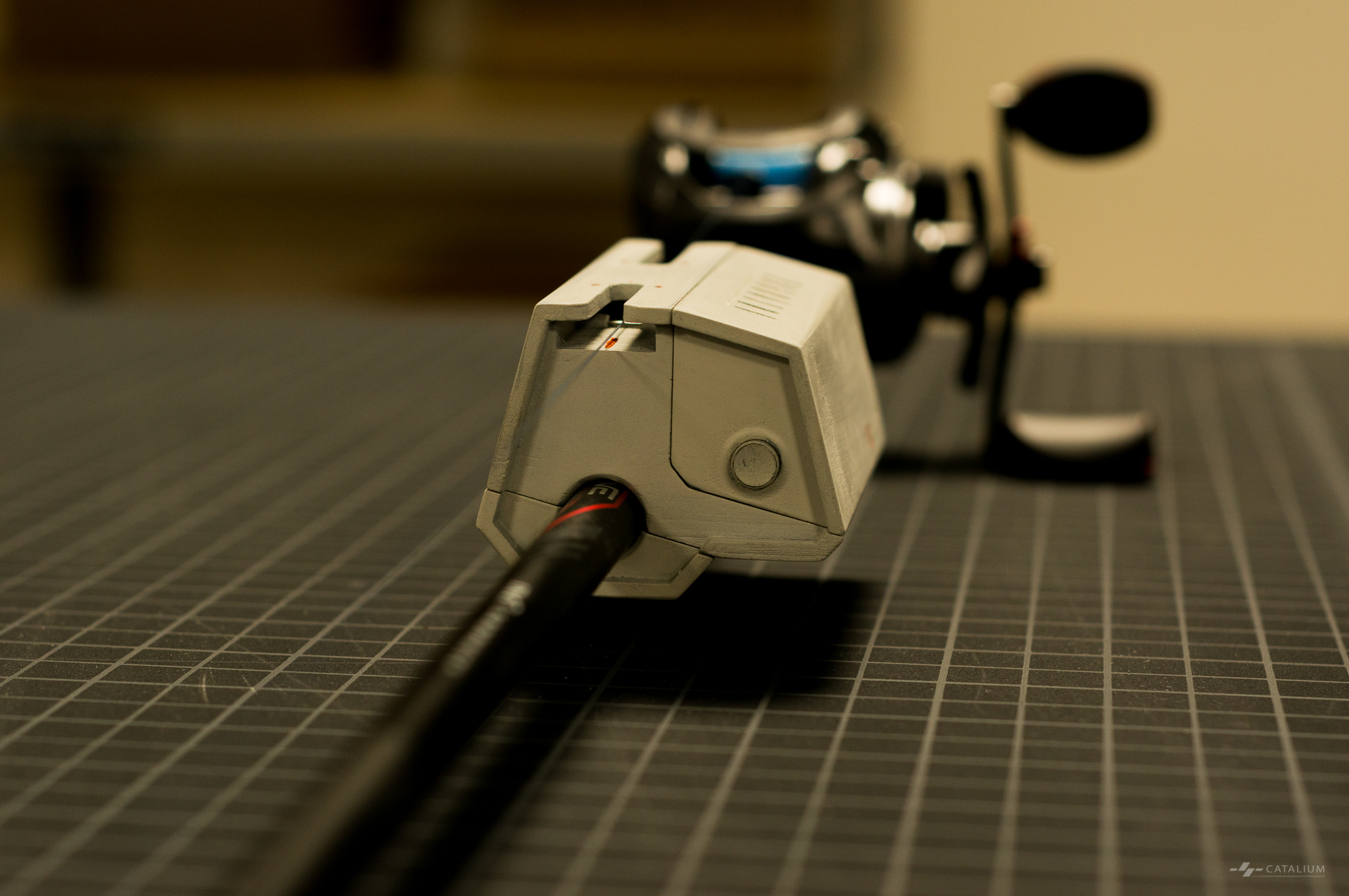
This is a complementary case to my Portfolio file (only available for companies I’ve applied). It aims to support my claim that I’m capable of delivering Visual Design as well as Interaction Design.
The case I’m sharing is a small piece of work I had done at UW for the Industrial, Interaction, Visual Design Studio. Please be aware that this was not meant to be a complete design project, but a minor exercise for us to practice using a design guideline to expand an existing brand’s product portfolio. So the persona analysis, user journey walkthrough, full scope of workflow chart and visual language definition process was omitted.
The conceptual design was based on Nest’s business model, tech capability and design language.
Background
Assignment for TECHIN 524 course at UW GIX—Nest New Product Design Brief
General Objectives
- Imagine and communicate a potential new product design and identity to propose as an addition to the Nest portfolio
- Produce a design brief that outlines the visual, interaction, and industrial design considerations
- Develop a logotype for the product name
Date of Finish
August 11th, 2018 (we spent several days to finalize the concept, I finished the design and document in one day.)
About the Team
Ryan Wu, Maksim Surguy
Role in the Project
I developed the concept based on Maksim’s original input. I finalized the physical design and designed the whole digital experience. The original digital experience was in grayscale wireframe format. I spent one night to explore the visual language and finish the GUI for the version posted here.

 Background
Background
